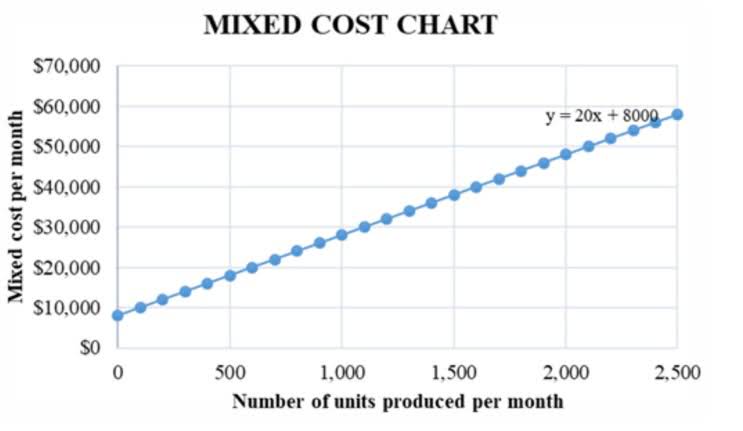FIFO Calculator for Inventory

Among publicly traded companies, the LIFO reserve is the one of the most common implications of FIFO and LIFO accounting. Because of high inflation, the LIFO charge, or reserve, is higher than normal. As an accounting measurement, FIFO means that the first goods in, or purchased, are the first good out, or sold and recorded as a sale. This method is accurate but best suited for high-value, unique items.
Understanding FIFO and LIFO Methods
The Retail Inventory Method is ideal for retailers with large inventories. Specific Identification is perfect for businesses with high-value items. Using FIFO, the COGS would be $1,100 ($5 per unit for the original 100 units, plus 50 additional units fifo method calculator bought for $12) and ending inventory value would be $240 (20 units x $24). Yes, ShipBob’s lot tracking system is designed to always ship lot items with the closest expiration date and separate out items of the same SKU with a different lot number.
Methods of calculating inventory cost
You should not invest any money you cannot afford to lose, and you should not rely on any dividend income to meet your living expenses. Stocks listed on overseas exchanges may be subject to additional dealing and exchange rate charges, administrative costs, withholding taxes and different accounting and reporting standards. They may have other tax implications, and may not provide the same, or any, regulatory protection. Exchange rate charges may adversely affect the value of shares in sterling terms, and you could lose money in sterling even if the stock price rises in the currency of origin.
How does the FIFO method affect a company’s financial ratios?
- On the first day, we have added the details of the purchased inventory.
- This assumption better reflects the reality of the flow of goods in the inventory.
- Second, every time a sale occurs, we need to assign the cost of units sold in the middle column.
- Use advanced inventory tools to gain precise, real-time valuation insights tailored to your business.
- It reflects higher quality information about inventory in the balance sheet, as the value of the inventory on the balance sheet is closer to that of the current market value of the assets.
- Knowing the true cost of goods helps in setting competitive prices.
The particularity of the LIFO method is that it takes into account the price of the last acquired items whenever you sell stock. FIFO is an inventory valuation method that stands for First In, First Out, where goods acquired or produced first are assumed to be sold first. This means that when a business calculates its cost of goods sold for a given period, it uses the costs from the oldest inventory assets. FIFO, or First In, First Out, is a method of inventory valuation that businesses use to calculate the cost of goods sold. FIFO has advantages and disadvantages compared to other inventory methods.
Unlock Turbo Warehouse Management with ShipBob’s WMS

In inflationary economies, this results in deflated net income costs and lower ending balances in inventory compared to FIFO. Instead of a company selling the first item in inventory, it sells the last. During periods of increasing prices, this means the inventory item sold is assessed a higher cost of goods sold under LIFO. The LIFO FIFO Calculator is a specialized tool designed to assist accountants and business owners in determining the COGS under different inventory management methods. By inputting the cost and the quantity of inventory purchases and sales, the calculator simplifies the computation of COGS, allowing for more straightforward financial analysis and reporting. In the retail industry, the goal is often to sell older stock first, especially for seasonal items.

What’s the difference between FIFO and LIFO?
- This method assumes that inventory purchased or manufactured first is sold first and newer inventory remains unsold.
- Inventory valuation impacts your financial statements significantly.
- Ecommerce merchants can now leverage ShipBob’s WMS (the same one that powers ShipBob’s global fulfillment network) to streamline in-house inventory management and fulfillment.
- Do you routinely analyze your companies, but don’t look at how they account for their inventory?
- This helps keep inventory fresh and reduces inventory write-offs which increases business profitability.
- However, brands using LIFO usually see a lower valuation for ending inventory and net income, and may not reflect actual inventory movement.
Meanwhile, if you record a lower COGS, the company will report a higher profit margin and pay higher taxes. You can use our online FIFO calculator and play with the number of products you sold to determine your COGS. Thus, the first hundred units received in January and the remaining 150 from February were used. Under US GAAP (Generally Accepted Accounting Principles), an accountant can use FIFO, LIFO, weighted average, and a specific identification method. However, the LIFO method cannot be used under IFRS (International Financial Reporting Standards).
- Later, she buys 150 more boxes at a cost of $4 each, since her supplier’s price went up.
- Inventory management, however, solely focuses on products and stock.
- A grocery store will usually try to sell their oldest products first so that they’re sold before the expiration date.
- At the end of her accounting period, she determines that of these 230 boxes, 100 boxes of dog treats have been sold.
- On the second day, ten units were available, and because all were acquired for the same amount, we assign the cost of the four units sold on that day as $5 each.
- Weighted Average Cost is ideal for businesses dealing with homogeneous products.
Retail Inventory Method



Leave a Reply